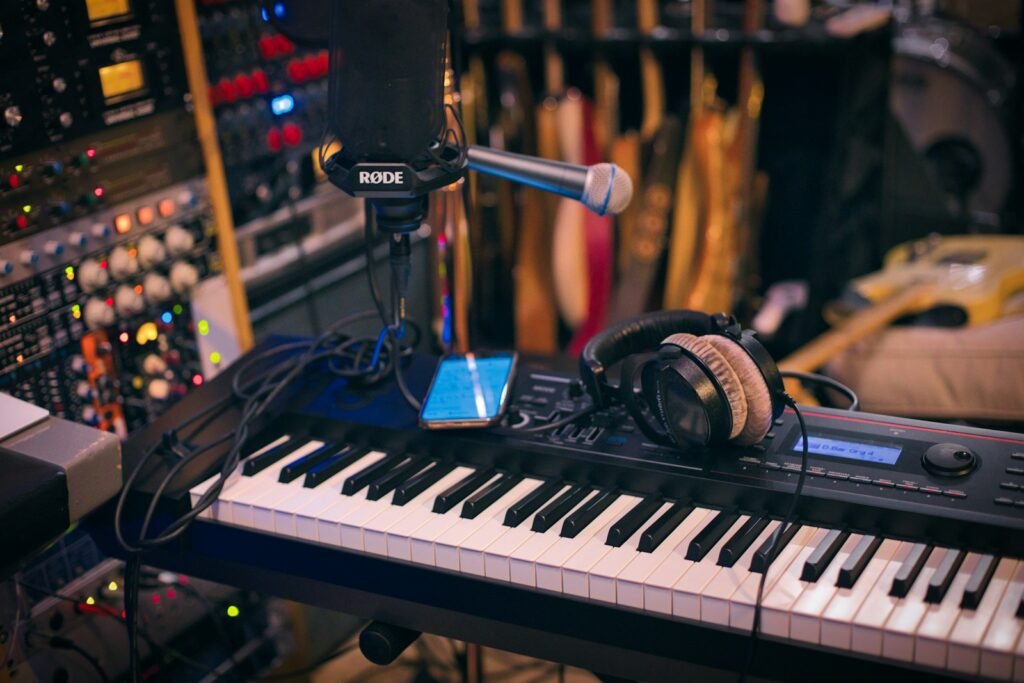Sirens jolt us, voices guide us, but a melody can stop time. Neuroscientists have spent decades puzzling over why music, more than speech or noise, takes hold of memory, mood, and movement so completely. The answer is not a single switch in the brain but a braided system – prediction, reward, emotion, and motor circuits – lighting up together like a city at night. That simultaneity makes music feel bigger than sound. It becomes an event the whole nervous system attends, and the result can feel almost supernatural even though the wiring is entirely human.
The Hidden Clues

Music hooks the brain because it is built on patterns that invite guesses and deliver surprises. Neurons in the auditory cortex lock onto rhythm and pitch, building expectations about what should come next, then firing harder when a note arrives early or late. Those tiny violations – syncopations, swells, sudden pauses – act like plot twists, sharpening attention and priming emotion.
Researchers see this predictive dance in brain signals that pulse at the same tempo as the beat, a sign of tight entrainment. When the beat sits near the natural cadence of walking, the effect strengthens, as if the soundtrack is borrowing the body’s clock. The science is sober, but the sensation is electric: a favorite chorus hits, and the brain says both I knew it and I didn’t see that coming.
From Ancient Tools to Modern Science
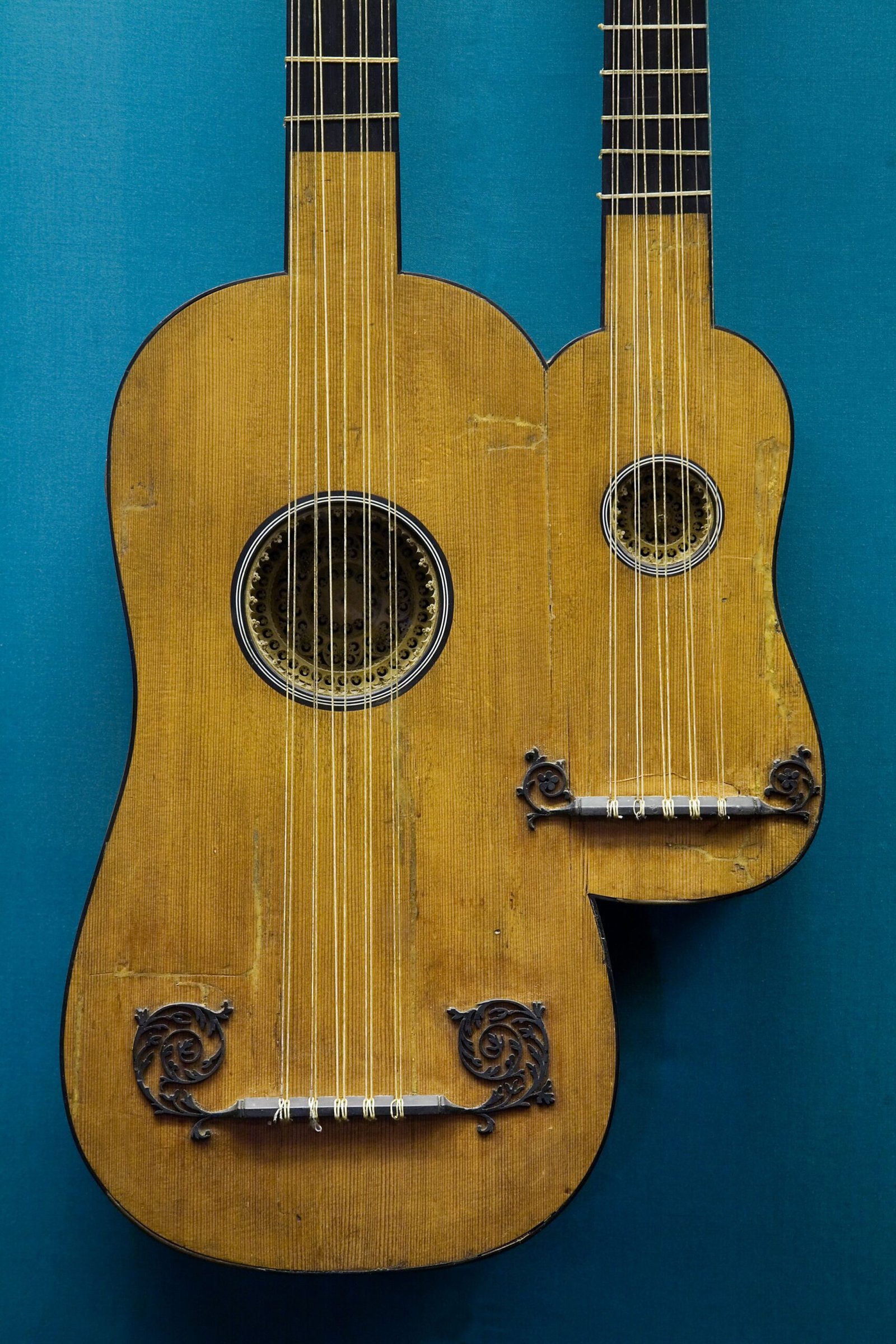
Archaeology tells us people were crafting instruments long before written language, suggesting that structured sound met deep needs. Carved flutes and drum-like artifacts speak to gatherings where rhythm synchronized movement and intention. Even without recordings, the objects whisper a simple truth: music arrived early because it did useful work for communities.
Today, imaging methods such as fMRI, MEG, and intracranial recordings map how widely music spreads across the brain, spanning auditory areas, motor regions, reward centers, and networks for attention and memory. Some labs can reconstruct rough contours of songs from neural activity alone, proof that the code of music is stamped onto cortex in surprisingly detailed ways. The old tools tell us music mattered; the new tools show us why.
The Body Keeps the Beat

Music does not just ring in the ears; it recruits the body. Motor regions and the cerebellum engage even when listeners stay still, a sort of silent choreography that prepares muscles to move. That’s why toes tap before permission is granted.
In clinical rooms, beat-based cues can steady gait in people with movement disorders, nudging steps into smoother timing. Runners lean on playlists to regulate pace, while breathing and heart rate often drift toward the tempo like boats finding the same current. I’ve felt it too on a long hike, when a drum-heavy track suddenly turned a slog into a stride.
The Soundtrack of Memory
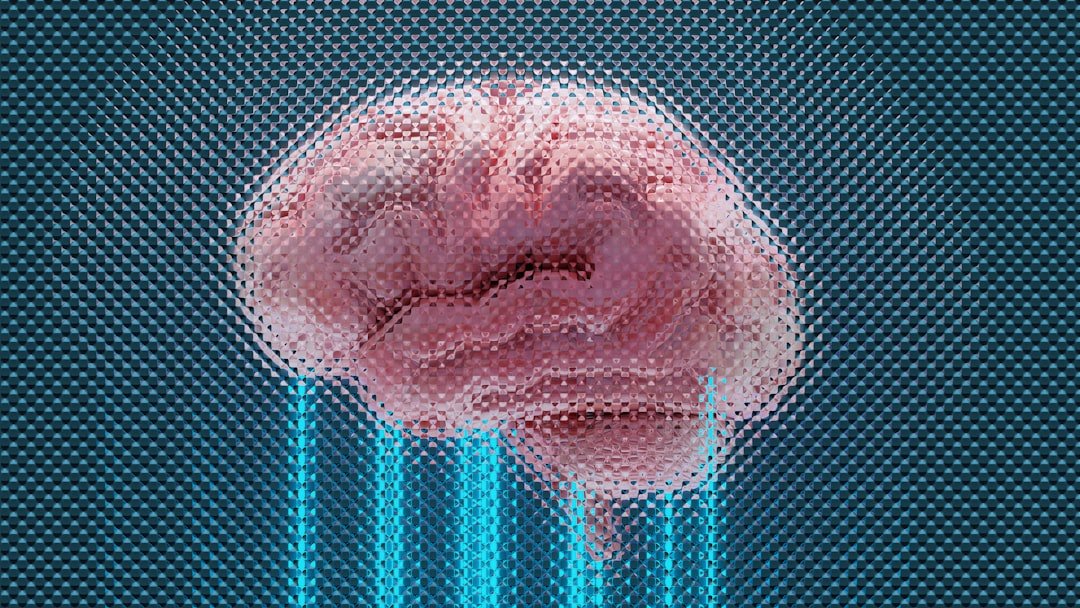
Melodies braid themselves into autobiographical memory with unusual persistence. When a familiar song plays, networks linked to the hippocampus and self-referential thought flare, summoning scenes and faces that daily life forgets. It is less like recalling a file and more like walking into a room where the lights have been waiting.
This link has practical power. People living with memory loss may still sing along or recognize cherished tunes, tapping islands of preserved circuitry that language alone can’t reach. Even earworms, however annoying, prove the point: repeating fragments exploit the brain’s love of completion and loop until that itch is scratched.
Emotions on a Hair-Trigger

Few stimuli shift mood as swiftly as music because they partner prediction with reward. When the brain’s expectations are stretched just right – tension building, release delayed – the reward system responds, and listeners feel chills, warmth, or sudden tears. Harmony and timbre shape the color of that response, from brassy exhilaration to hushed melancholy.
Culture matters, but not as a veto. While styles and scales vary, the body’s reaction to tempo, loudness, and contour shows broad regularities, especially around lullabies and dance rhythms. Shared listening multiplies the effect, synchronizing heartbeats and attention so crowds become more than the sum of their parts.
Why It Matters
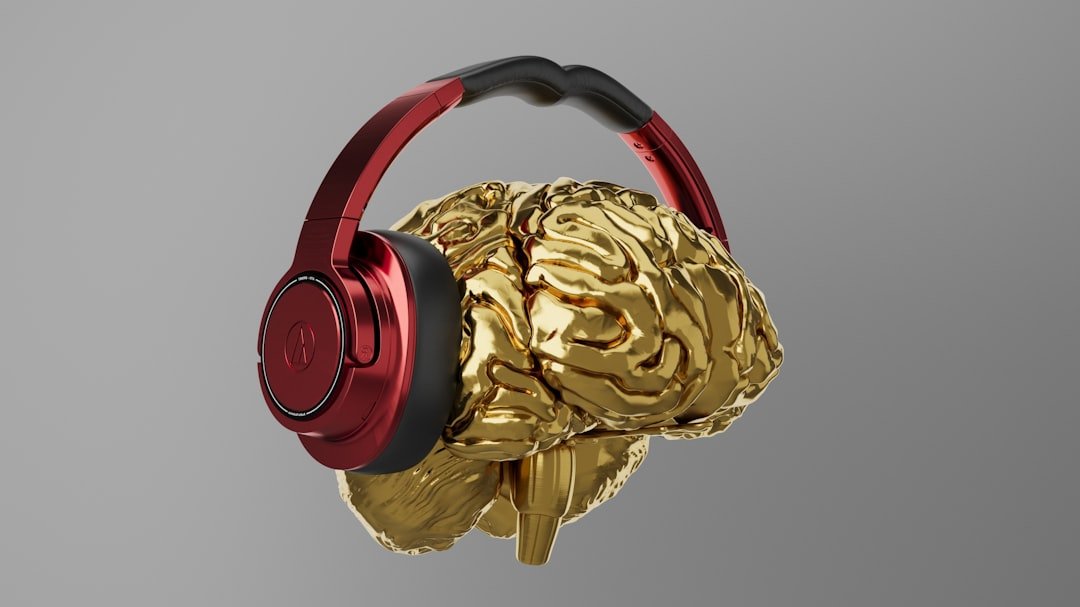
Compared with speech, music occupies more neural real estate at once, weaving together sound, movement, and feeling into a single coordinated act. Noise can alarm and words can inform, but music does both while also reshaping time – segmenting it into beats the brain can ride. That makes it a potent tool for education, health, and social cohesion.
In classrooms, structured songs can anchor memory more reliably than repetition alone, especially for learners who benefit from rhythm. In rehabilitation, carefully timed music can jump-start attention after fatigue or injury in ways a beeping monitor never could. The everyday takeaway is simple: if you want an idea to stick or a routine to flow, set it to a beat.
Global Perspectives

Every culture makes music, and that universality is a clue. The materials differ – skin drums, metal strings, digital pads – but the brain’s response keeps showing familiar signatures of entrainment, emotion, and social bonding. Street festivals, sacred chants, and pop concerts all create predictable arcs of anticipation and release.
Yet the global story is also shifting. Streaming puts vast catalogs in every pocket, letting people tailor mood and pace across a day with near-frictionless precision. That freedom invites responsibility, because constant sonic stimulation can dull attention just as surely as it can enliven it, and silence still does irreplaceable work.
The Future Landscape
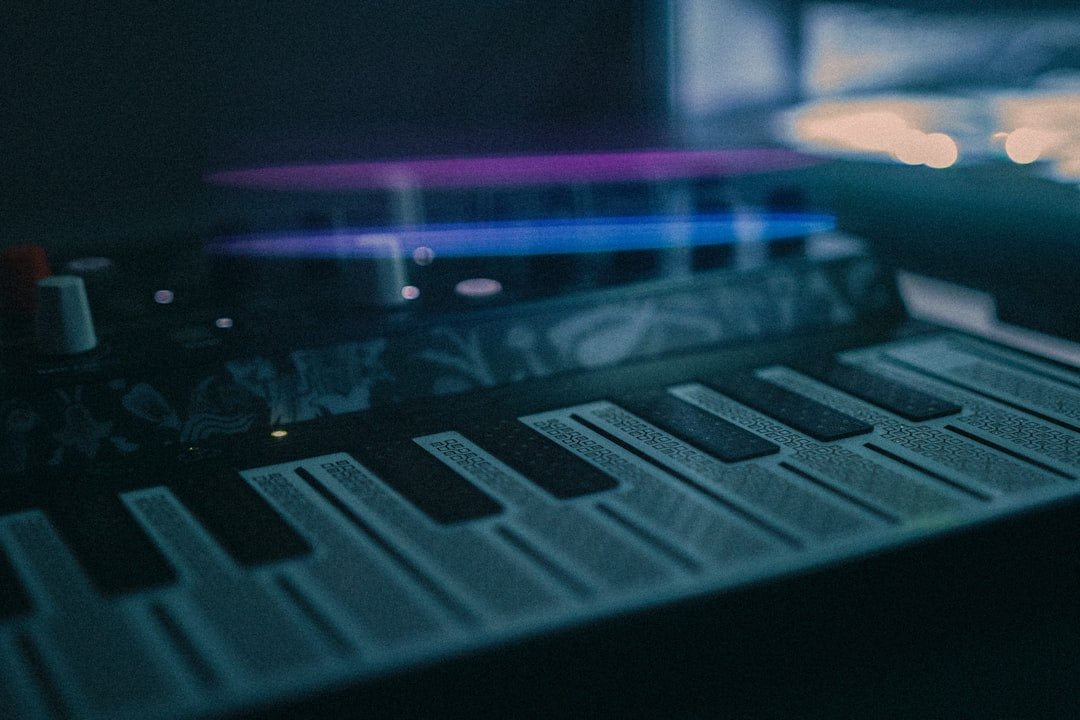
New tools are turning music into a responsive technology rather than a fixed product. Closed-loop systems can adapt tempo and harmony in real time to breathing, stress signals, or brain rhythms, offering personalized relief for pain, anxiety, or insomnia. Brain–computer interfaces are beginning to use musical feedback to train attention and motor control with playful precision.
Hearing devices are learning to preserve musical richness instead of optimizing only for speech, narrowing a frustrating gap for millions of listeners. On the creative side, algorithms can generate compositions that match desired arousal levels, though guardrails are needed to prevent manipulative use. The frontier is bright, but it demands ethics as finely tuned as any instrument.
Conclusion
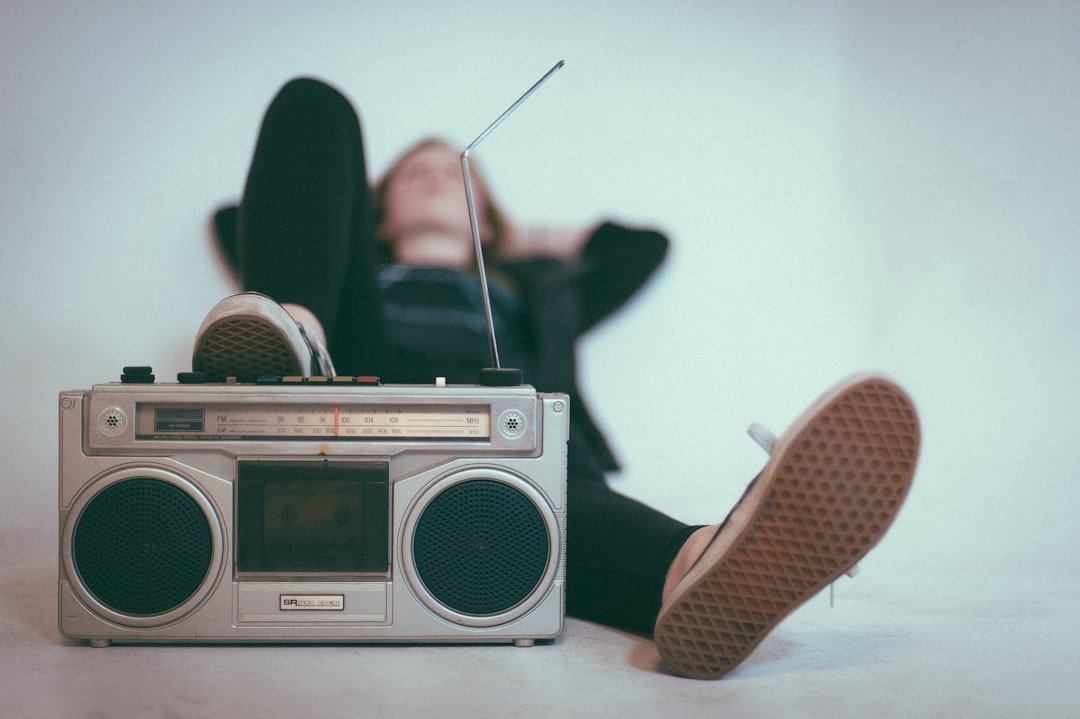
Make time for active listening – one song, eyes closed, phone away – to feel how rhythm steadies thought and breath. Join a communal music moment, whether a choir, a drum circle, or a living-room jam, because synchrony with others multiplies the benefits.
Support music programs in schools and clinics where structured sound can boost learning and recovery. Protect your hearing with breaks and reasonable volumes so the art you love can keep working for you over a lifetime. The next time a melody lifts you, treat that lift as biology you can harness – what will you listen to next?

Suhail Ahmed is a passionate digital professional and nature enthusiast with over 8 years of experience in content strategy, SEO, web development, and digital operations. Alongside his freelance journey, Suhail actively contributes to nature and wildlife platforms like Discover Wildlife, where he channels his curiosity for the planet into engaging, educational storytelling.
With a strong background in managing digital ecosystems — from ecommerce stores and WordPress websites to social media and automation — Suhail merges technical precision with creative insight. His content reflects a rare balance: SEO-friendly yet deeply human, data-informed yet emotionally resonant.
Driven by a love for discovery and storytelling, Suhail believes in using digital platforms to amplify causes that matter — especially those protecting Earth’s biodiversity and inspiring sustainable living. Whether he’s managing online projects or crafting wildlife content, his goal remains the same: to inform, inspire, and leave a positive digital footprint.

